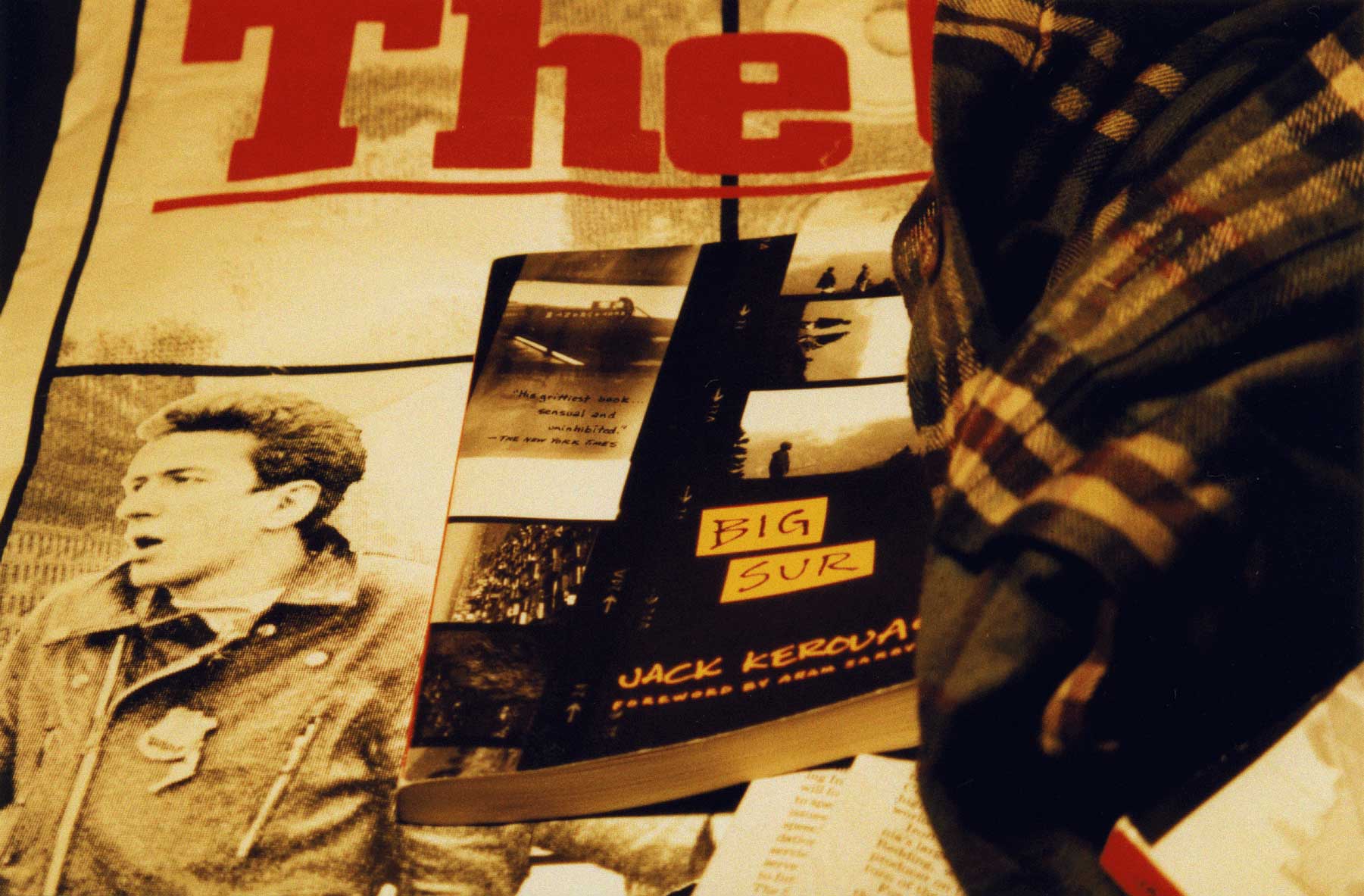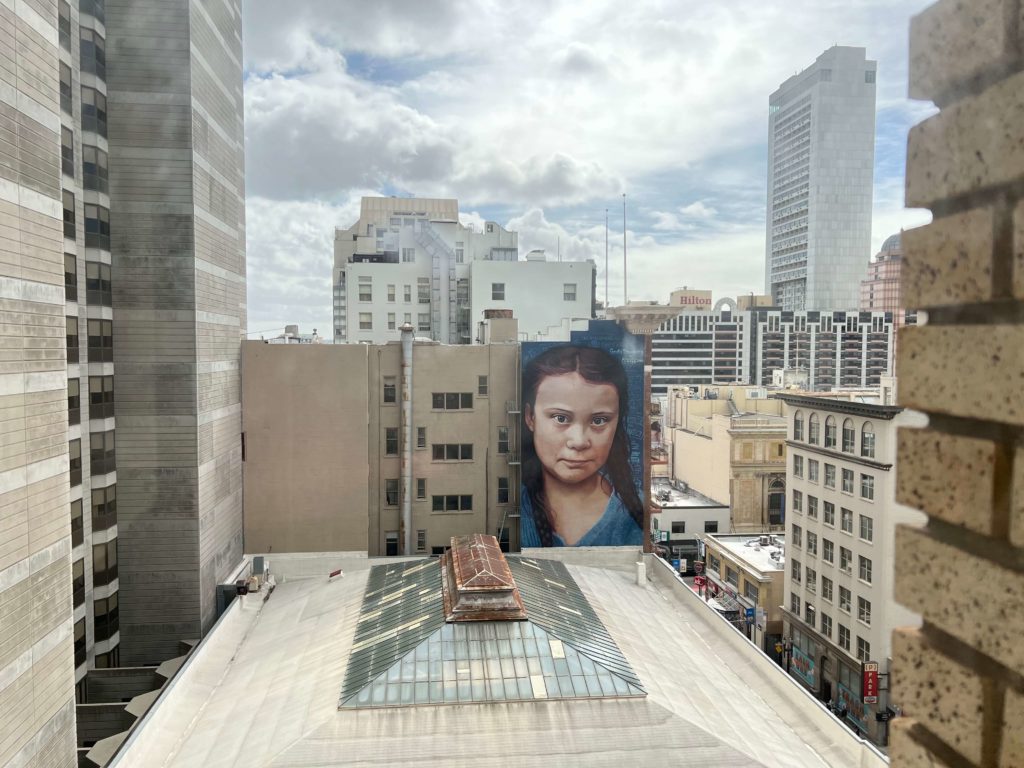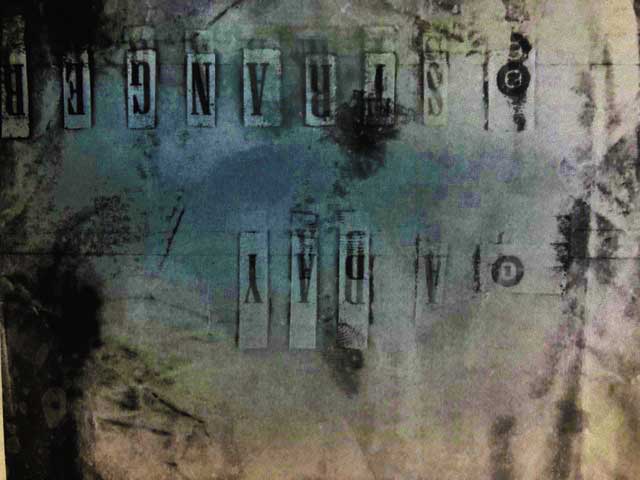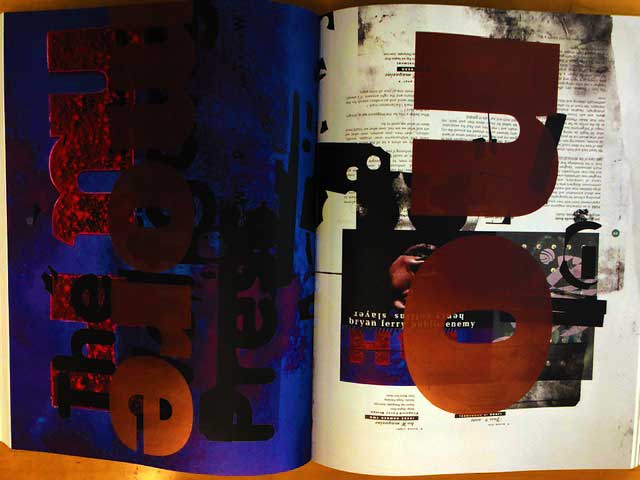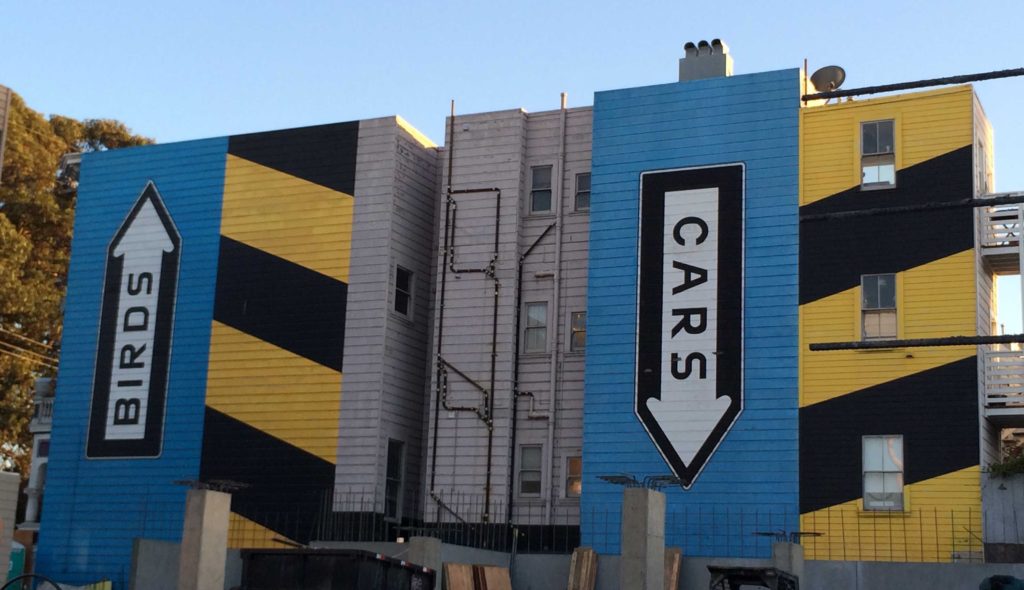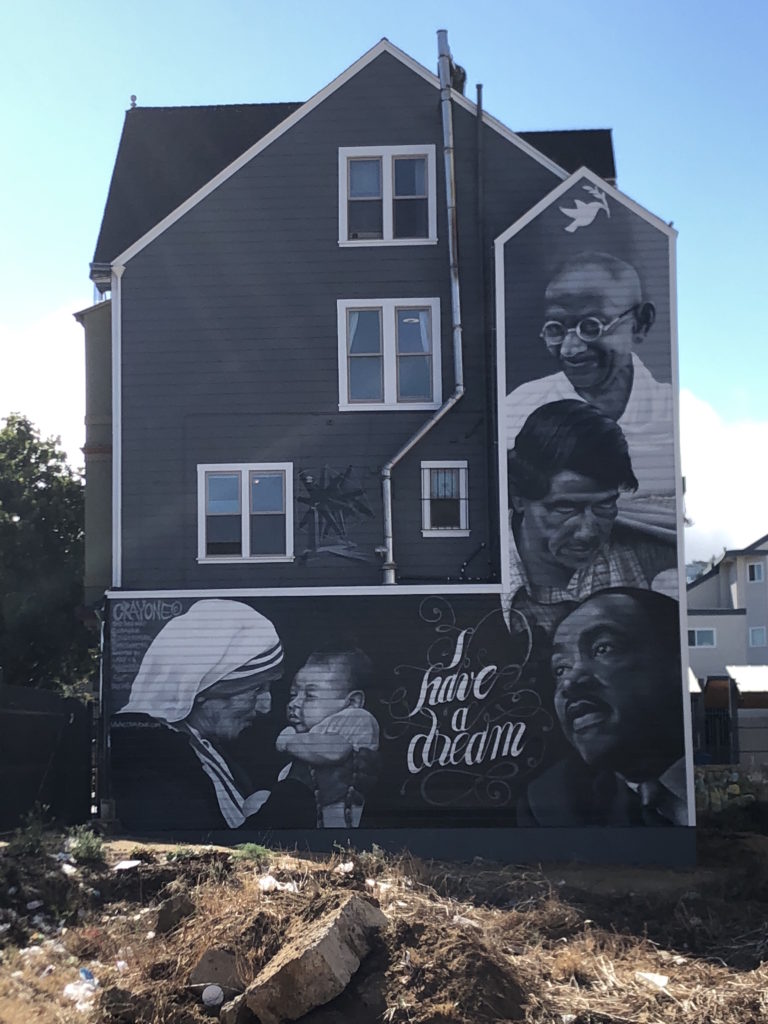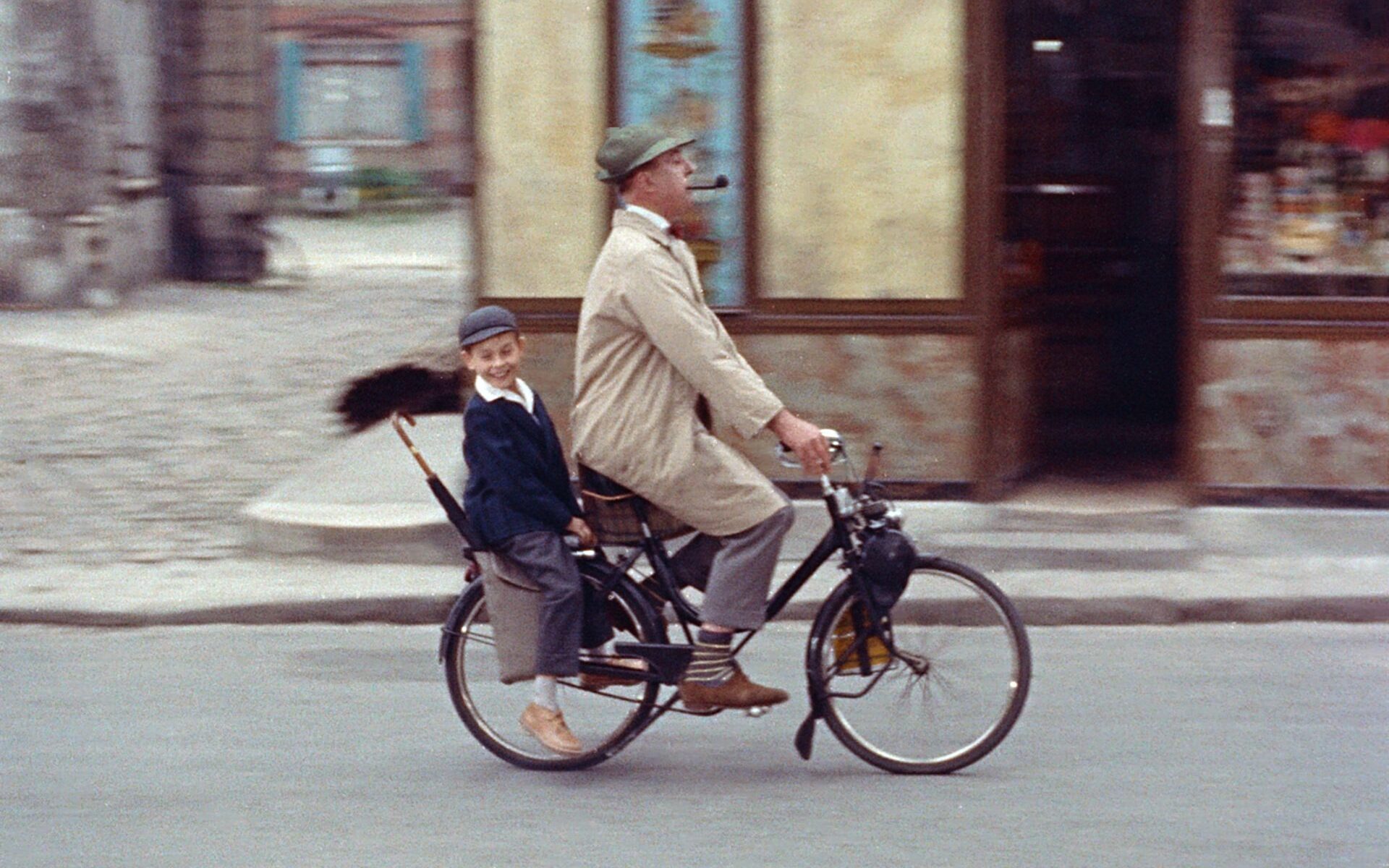Solitude has long been recognized as a catalyst for creativity. In a world immersed in constant interaction and noise, finding moments to retreat inward can unlock a new level of focus and imagination. When we are alone, we are free to explore ideas without distraction, allowing thoughts to wander, evolve, and connect in unexpected ways. For many creatives, solitude becomes the space where their best work is born, free from the constraints of external pressures.
As a designer, I find that the most innovative ideas often come in moments of quiet reflection, away from the fast-paced environment of client meetings or project deadlines. Whether it’s sketching concepts or diving deep into the design process, I need that space to fully immerse myself in the work. Solitude, for me, is not about isolation; it’s about creating room to think deeply, without distractions, and let creativity flow naturally.
Find your personal path
For me, there is an easy path: surfing. There’s something profoundly meditative about being out on the water, surrounded by nothing but the ocean. Surfing strips away the noise and allows for a direct connection with nature and myself. It’s a space where creativity seems to fly as if the ocean’s calm unlocks something deeper within.
But if you have no ocean or no surfing, then how and when? In my own experience, there’s no secret or formula. I realized that being aware of the importance of retreat was the key component. Five-minute meditation breaks, exercising, spending time outdoors close to nature, or simply walking my dog around the neighborhood easily become moments of reflection, planning, and envisioning.
Be aware of your need to retreat, and use those moments to filter and develop all the information you receive for interacting with our times.
